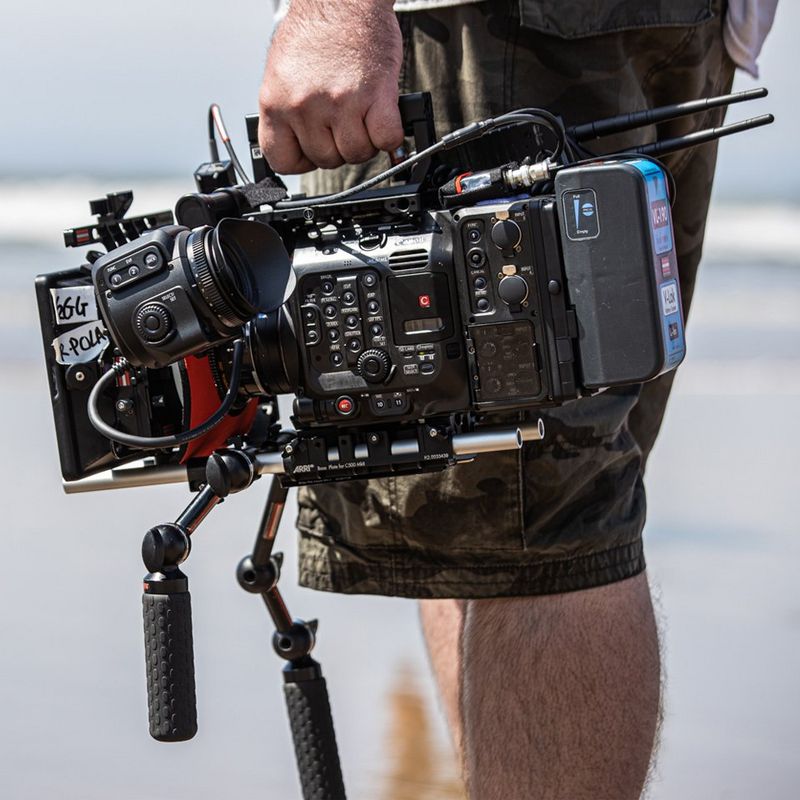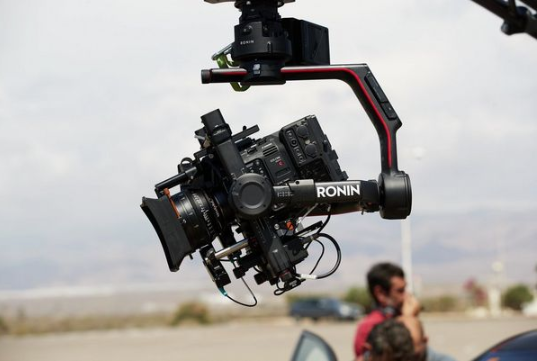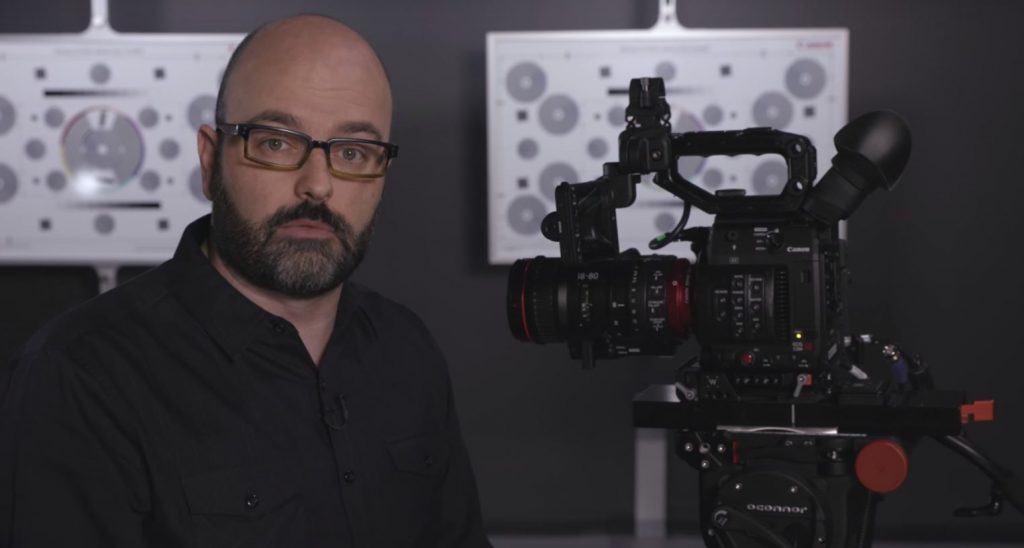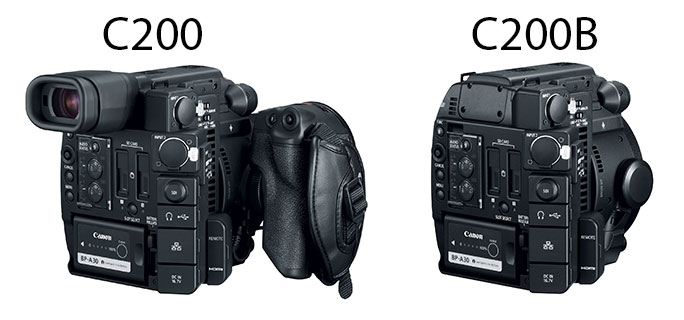Recently Canon Europe interviewed filmmaker Brett Danton after he used Canon’s new C500 Mark II to shoot a commercial for Jaguar to promote their new luxury SUV.
Here are some of the advantages he found while using the camera.
Brett was a convert to the Full-Frame shooting capabilities of the Canon C700 FF. The large sensor mated to fast prime lenses at wide apertures – aided by built-in ND filters for exposure control, provided a unique look that Brett trusts for prestige brands.
The new Canon C500 Mark II shares the same 5.9K sensor as the C700 FF, with the added benefit of being able to record Cinema RAW Light internally to dual CFexpress cards and recording Canon XF-AVC with 2K 4:2:0 8-bit simultaneously to an SD card to use as a proxy.
Brett relies on the flexibility of the Cinema RAW Light codec to be able to dial in a precise look in post to satisfy discerning clients. “Jaguar has a very specific list of cameras it will allow its commercials to be shot on, and it doesn’t want silver cars to look grey. I had to get everything right first time.” said Brett.

The small form factor and modular nature of the C500 Mark II provided other advantages over its larger counterpart the C700 FF. The C500 Mark II could be rigged up with monitors, follow focus rigs, the whole shabang to make it a decked out cinema camera, or stripped back to make it as light and compact as possible for use on a drone or gimbal.
For the Jaguar shoot the C500 Mark II was attached to a Russian Arm mounted to the top of a separate Jagaur F-PACE to get chase shots of the ‘hero’ car. The camera was also used in a Ronin 2 gimbal and flown up in a drone to get more dynamic images as the F-PACE zoomed through the Spanish mountains.

Another distinct advantage of the C500 Mark II is its user swap-able lens mount. For the Jaguar commercial Brett used Canon Sumire Prime lenses. “The Sumire Primes bring a filmic feel and give nice flares. Using a Sumire to shoot the car coming towards you at dusk with its headlights on softens the image. The highlights on the metalwork gleam and there are flares from the headlights – just what I wanted.” Brett explained.


Brett did not have a full kit of Sumire Primes on set so for the drone shots he had to use a Canon CN-E14mm T3.1. The CN-E14mm had an EF mount instead of the PL mount of the Sumires. In a matter of minutes the crew was able to swap the cameras mount from PL to EF and keep on trucking.
The benefits of this system became even more apparent when Brett swapped onto some of Canon’s super-telephoto prime lenses, the Canon EF 300mm f/2.8 IS II USM and the EF 600mm f/4L IS II USM. The advantage of this interchangeability is that you are able to use canon stills glass on the C500 Mark II while maintaining auto-focus functionality.
Here’s a video that goes into more detail about the swap-able lens mounts:
“It was amazing,” Brett says. “We were tracking the cars charging up mountains and the autofocus just kept everything sharp. I don’t care how good a focus puller you are, if you’re using a 300mm or 600mm lens wide open, it’s a hard thing to get right – especially on a full-frame sensor.”
The C500 Mark II also supports face detect AF. Brett noted that “The C500 Mark II doesn’t suddenly stop focusing when the shot is sharp; the focus has a roll-off which gives it a more traditional look, like a focus puller feel. You can really notice it – it just makes it look right.”


With a quick turnaround on the commercial Brett was able to wow the clients with just a quick color grade and LUT. The footage he was able to pull out of the camera exceeded all of his expectations.
“I shot everything in 5.9K as I wanted to see it on a big screen, and taking it down to 4K cleans it all up. The dynamic range is crazy, over 15 stops for sure. Filming in Cinema RAW Light, I shot at the base of ISO800 the entire time and in the edit added no noise reduction, yet I can’t see any noise at all. The camera performed and made my life easy.”
Brett came away from the shoot thoroughly impressed with the C500 Mark II’s capabilities and versatility.
“The C500 Mark II has the same sensor as the C700 FF, so there’s consistent quality,” he says. “You can build the camera to the shape you need to make it work for that particular environment. I’d use the C500 Mark II for 90% of my work now and go to the C700 FF with its RAW recorder for SFX work when I need to pull out every last bit of data if the post house requests it, or if I need more choices on SDI output to send more signals out on set.
“The C500 Mark II is a camera I would now happily use for everything, either on its own or with the C700 FF – everything matches up beautifully.”





